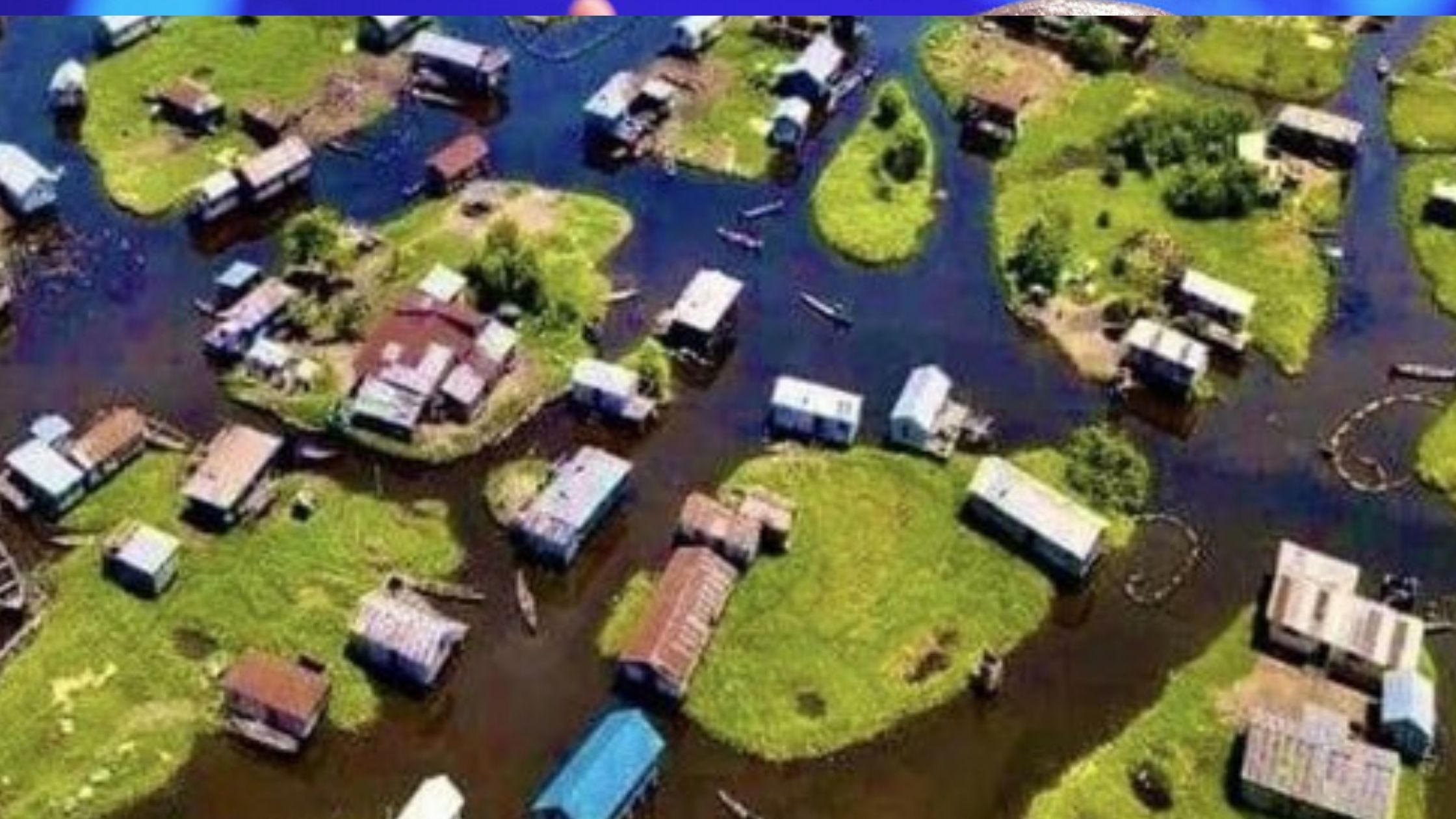Nestled on the serene waters of Lake Nokoué in Benin, Ganvié is a remarkable village known as the “Venice of Africa.” This floating village, with a population of around 20,000-25,000 people, is one of the largest lake-based communities globally. Ganvié offers a blend of cultural history, resilience, and architectural ingenuity that makes it a fascinating tourist attraction in West Africa.
The Origin of Ganvié: A Safe Haven on Water
Ganvié was established in the 17th century by the Tofinu people, who sought refuge from the horrors of the transatlantic slave trade. At that time, Dahomey (present-day Benin) was plagued by slave raids, with local kings capturing people to sell to European slave traders. However, a local belief held that capturing people on water would anger the spirits, creating a loophole in the brutal practice. The Tofinu, aware of this belief, ingeniously decided to build their homes over water, establishing a safe zone out of reach of slave traders. This decision transformed Ganvié into a lasting symbol of resilience and freedom.
Life on the Water: A Unique Culture
Life in Ganvié is an adaptation to its aquatic environment. The village is made up of bamboo and wooden stilt houses that rise above the water, connected by a network of narrow waterways instead of streets. Boats serve as the primary mode of transportation for everything, from commuting and shopping to fishing and socializing. It’s not unusual to see children paddling to school or people ferrying fresh produce to the local floating market.
Fishing remains the primary livelihood in Ganvié. The village’s residents use a unique fish-farming technique called acadja, which involves creating underwater brush piles to attract and trap fish. This sustainable practice has supported the local economy for centuries and remains an essential part of the village’s identity.
A Thriving Tourist Destination
Ganvié’s rich cultural history, scenic landscape, and unique way of life have made it one of the top tourist destinations in Benin. Visitors can take a guided tour of the village in traditional wooden canoes, where they experience the Tofinu lifestyle firsthand and learn about their traditions. The sight of homes standing above water, with daily life bustling around them, creates an unforgettable visual experience.
In recent years, tourism has brought more opportunities to Ganvié, creating new jobs and encouraging the local economy. However, the increase in visitors has also led to concerns about the preservation of the village’s unique ecosystem and way of life. Sustainable tourism initiatives are becoming more critical to ensure that Ganvié retains its cultural and environmental integrity.
Ganvié: A Symbol of Resilience and Freedom
Today, Ganvié is more than a village on water. It’s a cultural treasure, a reminder of the resilience of the Tofinu people, and a place where history, nature, and humanity coalesce in harmony. Known as the “Venice of Africa,” Ganvié stands as a testament to the ingenuity of its founders and continues to inspire awe among those who visit.
If you’re looking for a unique travel experience in West Africa, Ganvié offers a glimpse into a world where survival on water has shaped a thriving, vibrant community.
